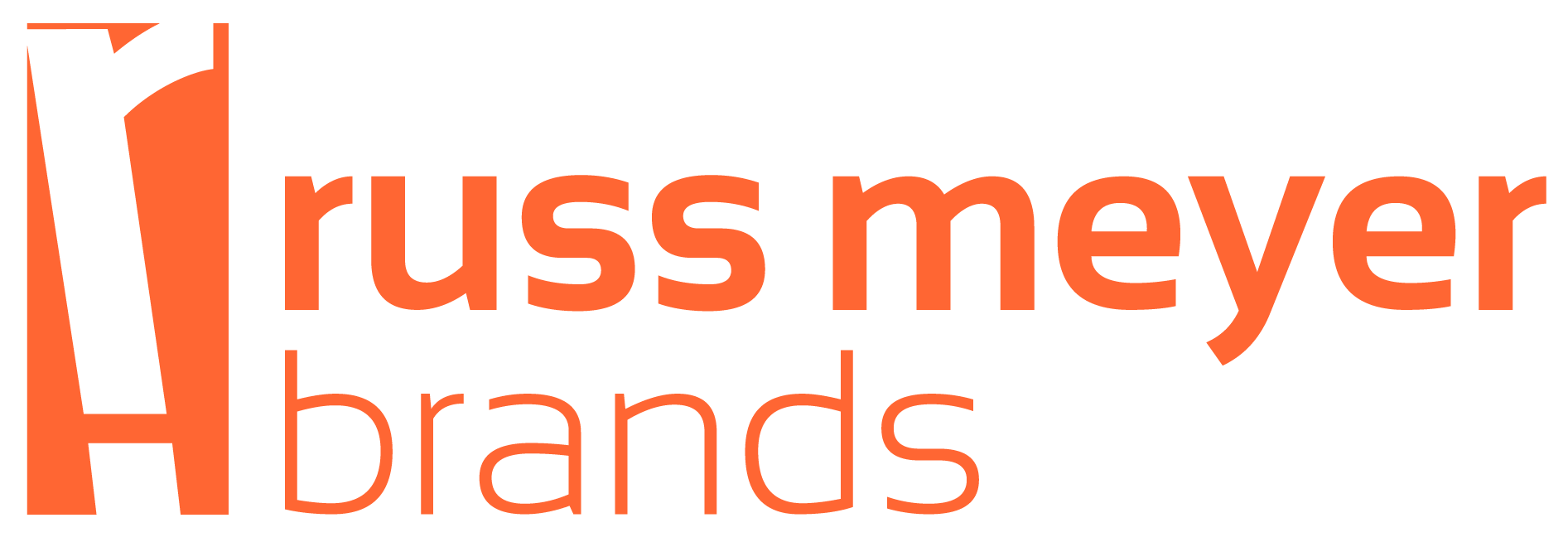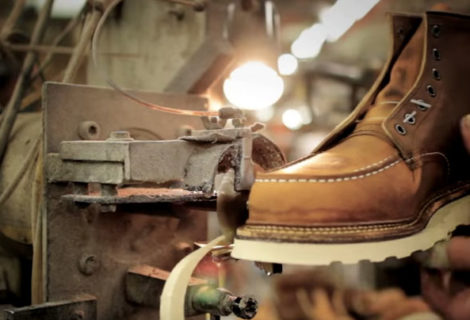What Experience Designers Can Learn From Improv
Brand perceptions are built on reactions to experiences with a brand. As such, changing the experience is a powerful way of changing brand perceptions and behaviors. Although the phrase “experience design” has traditionally been applied to digital experiences, the practice can be applied much more broadly. Somewhat still in its infancy, designing experiences can be a daunting undertaking as it can encompass so much. Many don’t know where to start and lack the framework to even think about how an experience can be better. A few basic “rules” of improv can help as a starting place for beginning experience designers.
Practicing improv is a great way to learn how to think on your feet, be flexible, work collaboratively with others–all practices critical to experience design. Some traditional “rules” of improv are useful in the context of designing compelling consumer experiences:
- Don’t Deny In improv, this means don’t disregard premise, no matter how outrageous. If someone says “The sky is a crazy color of green today,” as a partner your goal is to build on that not shut it down by saying “No it’s not…it’s blue.” In experience design, you can’t start by denying what could be: “We can’t change the check-in process because…,” for instance. For a great new customer experience to come to life, it will have to break some of the conventions of the current experience. Make sure you’re open, especially at the beginning of a process, to accept what may be an outrageous premise or idea.
- Listen, Watch and Concentrate Improv requires everyone to be paying attention to what’s said, what’s unsaid, how someone is standing or moving, what their expression is. Anything can be fodder for where to take the scene. It’s the same in experience design. Sitting back, watching, listening and concentrating on how people are presently experiencing the brand (while leaving yourself open to the outrageous) can identify moments where the experience could be improved. Thoughtful watching (combined with asking “Why?”) is perhaps the most powerful tool in experience design.
- Be Specific In an improv scene, details are the building blocks for the continuing story. Saying “That’s a pretty dog” is less useful than saying “That’s a pretty Pit Bull. But why is he dressed like a pirate?” It’s easy to imagine how to react to the second statement because of its specificity. It’s the same with experience design. Greater specificity as to what exactly needs to be changed (based on your thoughtful watching) is the difference between “Make the check-out experience faster” and “Make the check-out experience faster by SMSing guests’ bills to their mobile phones.”
- Change, change, change A powerful improv scene is all about change. Where the scene starts and where it ends is usually where the humor, tension, and interest come from. In experience design, there is always something to be improved. Saying “New and Improved!” without being new and improved is worse than doing nothing at all.
- Get It On Its Feet Improv is not sitting around thinking up clever ideas…it’s about being on your feet actively discovering clever ideas. Experience design must move from the planning stage to the prototyping stage quickly. Rather than sitting in a conference room imaging how people will react to a redesigned customer experience, get out into the world and prototype it! Cobble it together with shoestrings and masking tape, ask real customers to participate and interact, then watch and learn.
Like improv, experience design is an action sport, best done by a committed and crazy band of folks who are purposefully creating the new. And like improv, experience design can be delightful for the creators and the audience when it’s done well. So get on your feet and get started on improving your brand’s experience.
Image from Flickr user: michael.poley





